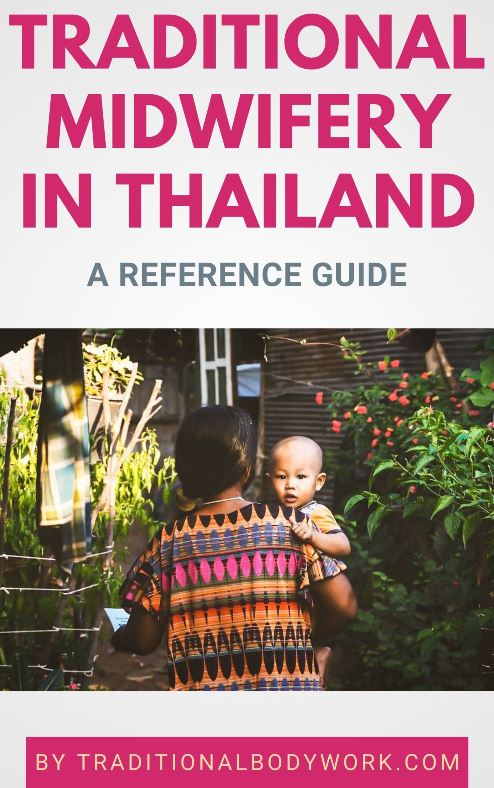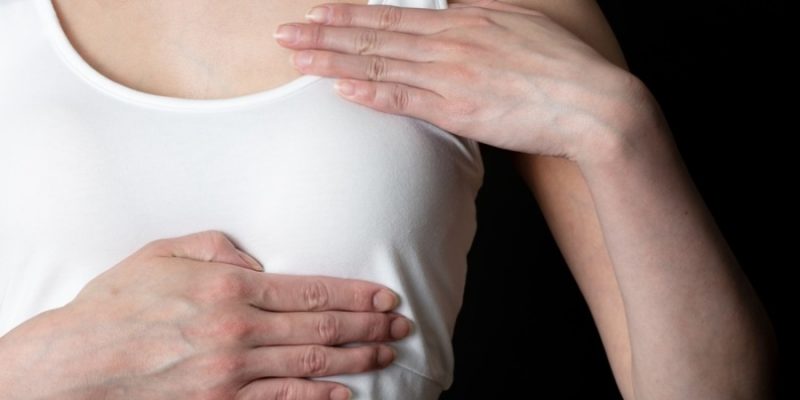
Breast Massage for women is done with a variety of motives, and in this post we’re going to take a look at the practice with regard to prevention of illnesses and discomforts, breast firming and toning, and lactation or breastfeeding.
A Breast Massage treatment can be given by a therapist, or alternatively being taught by a therapist so that women can do the massage themselves. Additionally, today, there are many breast self-massage guides to be found on the Internet.
Prevention

Although Breast Massage remains scientifically unproven and controversial as a means to prevent, for instance, breast cancer, it’s a rather common advice within traditional and alternative medicine systems to massage the breasts to prevent a range of discomforts and illnesses.
Much of the philosophy of Breast Massage is based on encouraging blood circulation (nutrition) and stimulating the lymphatic system (detoxification).
Apart from illness prevention and general breast maintenance, breast massages may be done to help with stress or pain relief and promote feelings of overall wellbeing.
A very practical application of Breast Massage is that it can be an essential help for early diagnosis of breast cancer. That is, while performing a massage one can detect hard lumps or overgrown tissue, which may be a reason to do further medical analysis.
Firming and Toning
A very popular application of Breast Massage is to firm and tone the breasts. This type of massage is usually marketed as Breast Firming Massage or Breast Enhancement Massage.
It’s thought that regularly massaging the breasts lifts, firms, and shapes them by stimulating, tightening, and toning the tendons and muscles around the breasts. Some additionally think that Breast Massage can also enlarge the breasts.
In any case, we need to realize that Breast Massage is only partly about actually massaging the breasts; much work is also done around the breasts, that is, massaging the breasts muscles (pectoral muscles).
Lactation (Breastfeeding)
It’s widely believed that Breast Massage in the postpartum period helps relieve breast pains, breast engorgement, decreases breast milk sodium, and stimulates breast milk production and milk ejection.

Techniques used focus on the pectoralis muscles and the soft tissues of the breasts. Generally, circling, rubbing, kneading and squeezing strokes and movements are applied around and on the breasts. The overall idea is to increase lymph and blood flow and stimulate the mammary glands.
Nevertheless, in traditional practices, Breast Massage for lactation is only part of broader massage treatment efforts in the postpartum period to restore the mothers energies and pre-pregnancy state.
Regular massage of the breasts in the confinement period promotes an optimal flow of breast milk by stimulating the mammary glands, resulting in better milk quality, and aiding blood circulation and the lymphatic system. It can also encourage oxytocin hormone secretion which causes a better milk ejection (let-down reflex). Additionally, it can help prevent and treat problems like breast engorgement, plugged milk ducts, or mastitis (an infection of breast tissue).
The effectiveness of Breast Massage can be heightened by additionally using warm herbal compresses. Research has also shown that massage helps drain the breasts more effectively, which also gives a better milk flow and better milk ejection.
Breast Massage also aids in making the breasts and areola (the pigmented area on the breast around the nipple) softer, by which the baby can fully keep the nipple in its mouth. This will encourage effective breastfeeding, and activate the prolactin hormone which stimulates a continuously increasing milk production.

















